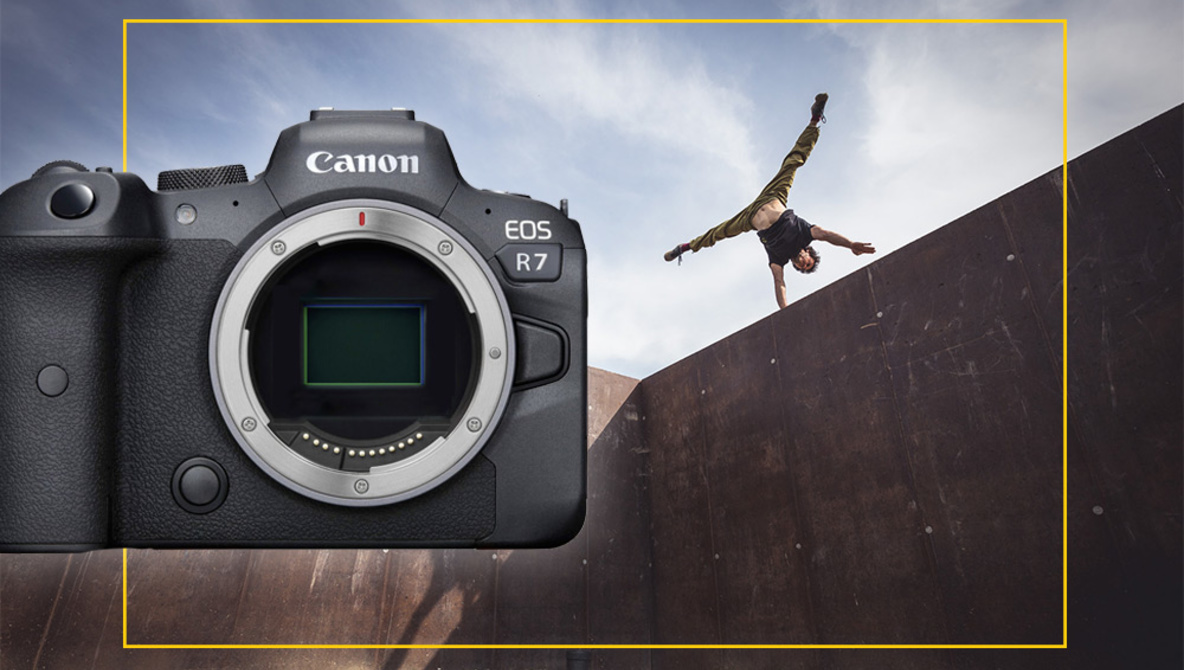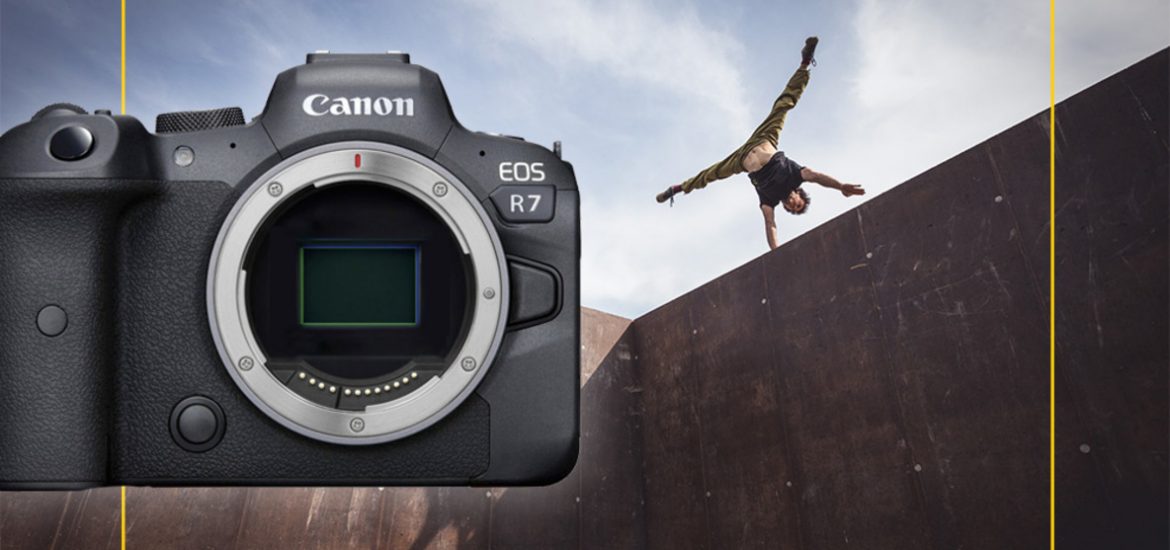
In September last year, I asked myself whether Canon should release an RF-mount camera with an APS-H sensor and quickly dismissed it as daft. A new rumor suggests that an APS-H camera might be already being tested, and upon reflection, it might be a stroke of genius.
“I briefly pondered whether Canon should resurrect the APS-H format (and yes, this is a daft suggestion),” I wrote, not realizing that this might be exactly what Canon has in mind. With a bit more thought — along with the fact that Canon might have an APS-H RF camera close to going into production — perhaps I shouldn’t have dismissed it so readily.
My Beloved APS-H Canon 1D Mark II
Around 15 years ago, back when parkour was so exciting that James Bond was only just getting on board, Canon approached me and invited me to feature in an advertorial (i.e., an advert that’s pretending to be a documentary) for its new EOS 350D (a.k.a Digital Rebel XT). At the time, I think I was shooting on a Canon EOS-1V that, with a drive booster grip and a bucketful of AA batteries, burned through rolls of film at a rate of 10 frames per second. For helping to flog their new entry-level APS-C camera, they offered to pay me with gear, giving me the opportunity to finally upgrade to digital.
Weirdly, because it was technically not an advert, broadcast rules meant that I wasn’t allowed to be shown holding a camera. Instead, I had to stand a stare at things, making me look and feel even more awkward.
This would be my step away from the film. Thanks to Canon’s generosity, I bagged myself a 1D Mark II — the APS-H version of Canon’s flagship DSLR camera — and a couple of L-series lenses. The advert certainly now makes me cringe, but it was a great experience, and I can thank Canon for giving my career a boost by equipping me with a load of gear that would have otherwise been completely unaffordable. We also got to jump around on the roof of the London School of Economics, which made for some great photographs, despite me having to shoot around the film crew and various crash mats.
The 1D Mark II had an 8.2-megapixel sensor that measured 28.7 x 19.1mm, and this bad boy could shoot at 8.5 frames per second. (By contrast, its full frame brother, the 1Ds, had a sensor with twice the resolution that could only muster 4.5 frames per second). For Canon, the smaller form of the APS-H sensor was an ideal compromise: at 1.3x, it wasn’t the dramatic crop of their APS-C cameras (22.5 x 15mm), and regardless, they figured that so many sports and nature shooters were using long lenses that it didn’t make a huge difference. My brand new 16-35mm f/2.8 (classic) lens was the equivalent of a 21-45.5mm — just about wide enough for what I was shooting at the time.
The physically smaller sensor combined with the lower resolution delivered the speed but back in 2001, Canon had already used an APS-H sensor in its first flagship DSLR — the 1D — but for a different reason: price. At the time, sensors were insanely expensive, and a 36x24mm full frame sensor may have cost up to 20 times as much as APS-C.
The 1D Mark II was succeeded by three more iterations, concluding with the 1D Mark IV in late 2009. I’ll wait to be corrected in the comments, but since then, Canon has not produced a camera containing an APS-H sensor. Potentially, 2021 could change that.
Rumors of an APS-H RF Mount Prototype
The source of the rumor is unclear (and no other rumor sites have picked it up), but The New Camera is reporting that an APS-H RF-mount camera exists as a prototype. This suggests two possibilities: either an APS-H EOS 7D Mark II equivalent, or an APS-H entry-level MILC (mirrorless interchangeable lens camera). Or, perhaps, even both.
The price of the sensor is no longer such a large factor in the cost of producing a camera, but there are other advantages — speed and lower temperatures being the two immediate examples. In terms of the 7D equivalent, that might mean blisteringly fast burst rates and high-resolution video (are we another step closer to a global shutter) that could potentially outdo the R5. A 1.3x crop would be appreciated by birders and sports shooters, especially if it can churn out 30 frames per second.
At the bottom end of the scale, an APS-H entry-level camera might be a means of offering (slightly) smaller, compact bodies without feeling the need to make sensor-specific lenses, as seen with EF-S. Of course, a 1.3x crop is still a crop but it’s nowhere near as dramatic as 1.6x and Canon’s RF kit lens, the 24-105mm f/4-7.1 would become a 31-136mm. Is that unfeasible? Canon has patented a ton of RF-mount lenses over the last two years ,but perhaps this patent for an RF 20-70mm f/4-6.3 becomes something more viable for a compact, affordable RF camera, especially if that lens is also collapsible. On an APS-C camera, that would be 32-112mm, which doesn’t seem wide enough. However, on an APS-H, this would work out at 26-91mm, feeling less claustrophobic at its widest and making it an ideal walkaround whether it’s on a full frame camera or this not-quite-so-cropped version.
Of course, there are possibly a ton of other Canon RF lens patents around that quickly put an end to this idea (the 15-70mm f/4-7.1 being one example), but I’d argue that APS-H is definitely a strong contender.
Conclusion
An APS-H RF-mount camera is definitely not as daft as I thought back in September last year, even if the rumors of the prototype prove nothing more than that. Could we see this format make a comeback? Let me know your thoughts in the comments below.
